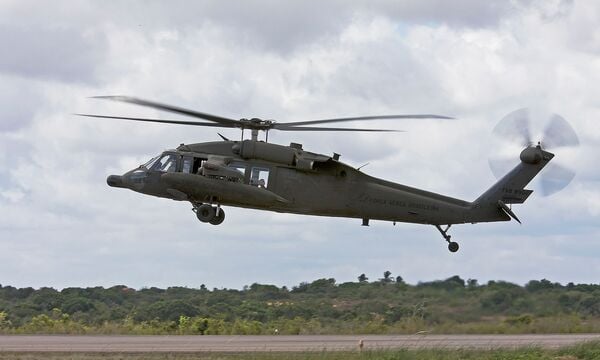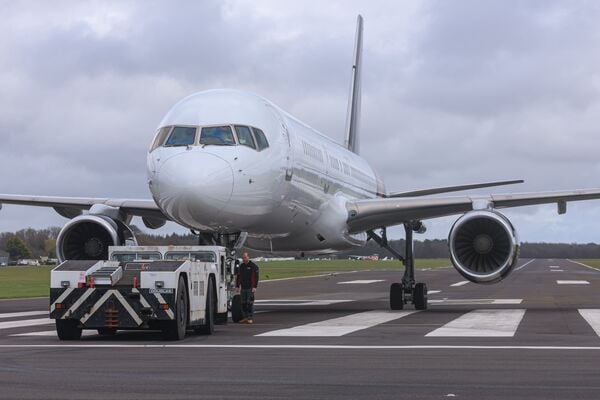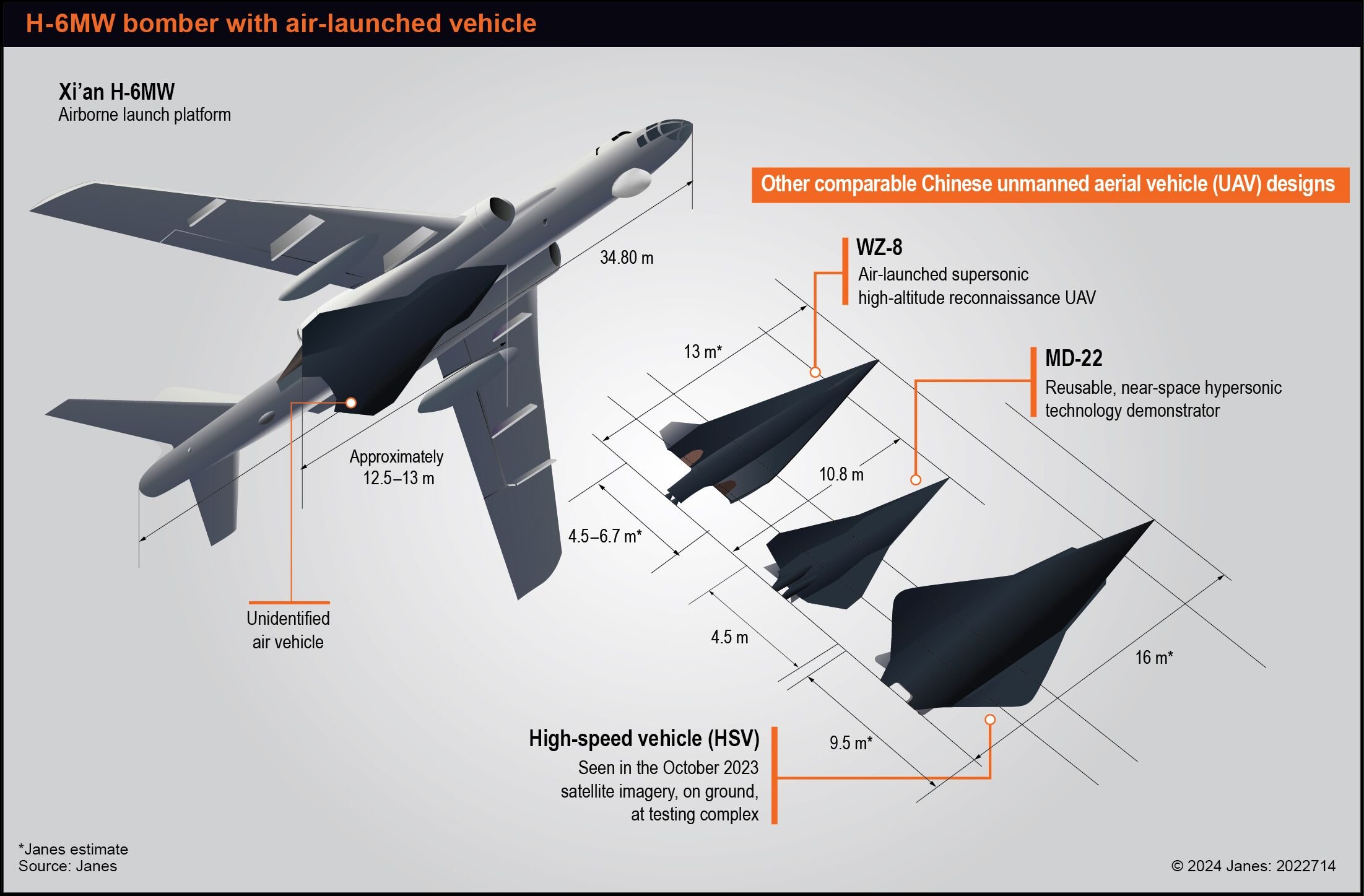- About
- Intara
- Capabilities
- Advisory
- Resources
- News
- Store
Taiwan progresses ‘special’ funding plan as relations with Beijing deteriorate
05 October 2021
by Jon Grevatt and Andrew MacDonald
Jon Grevatt, principal at Janes takes a look at the plan to allocate TWD240 billion to enhance sea and air combat capability
Taiwan’s Ministry of National Defense (MND) has advanced its plan to allocate TWD240 billion (USD8.6 billion) in additional military funding to enhance the island’s sea and air combat capability. The MND submitted its funding plan for approval to the island’s Legislative Yuan on 4 October. The proposal was approved by Taiwan’s Executive Yuan in September.
In its new submission, the MND said the funding is required “in response to Chinese threats and the need to urgently strengthen self-defense”. It said the procured capabilities will help ensure “the security of Taiwan and stability in the Asia-Pacific region”.
Already a subscriber? Log in to read the full analysis - or read on for a snapshot of Janes interconnected industry intelligence...
Brazilian Army seeks 12 UH-60M Black Hawk helicopters
25 April 2024
by Victor Barreira


A Brazilian Air Force UH-60L Black Hawk. The Brazilian Army is set to replace its HM-2 Black Hawk fleet with newer examples. (Leandro Maldonado)
The Brazilian Army is to acquire 12 Sikorsky UH-60M Black Hawk utility helicopters to replace its eight HM-3 Cougar and four HM-2 Black Hawk helicopters, said Army Commander General Tomás Miguel Miné Ribeiro Paiva during a 17 April presentation to the Brazilian Committee on Foreign Relations and National Defense.
Gen Tomás noted that the fleet is to be purchased through the US Foreign Military Sales (FMS) programme and entails purchasing surplus helicopters, which will be refurbished before transfer to the Brazilian Army Aviation Command (CAvEx).
The acquisition is being carried out as part of the Army Strategic Program Army Aviation (Prg EE Av Ex). The phasing out of the Cougar and Black Hawk helicopters was approved in December 2023.
The HM-3 is fielded by the 2nd Army Aviation Battalion and the 3rd Army Aviation Battalion, and the HM-2 is deployed by the 4th Army Aviation Battalion.
Initial flight trials demonstrate Excalibur FTA ‘fit for purpose‘, says Leonardo
25 April 2024
by Gareth Jennings


Seen after being delivered to 2Excel's facility in Lasham, Hampshire, in 2023, the 757 airframe that is to be converted into the Excalibur FTA made its first flight from MoD Boscombe Down. (Leonardo)
Initial flight trials of the 757 airframe that is to be converted to the Excalibur Flight Test Aircraft (FTA) project to de-risk the Tempest future fighter have shown it to be “fit for purpose”, an official from Leonardo told Janes .
Speaking at a UK industry showcase event for the future combat air power, including the Global Combat Air Programme (GCAP) of which the Tempest demonstrator is a part, Dave Morris, head of campaigns Future Combat Air – GCAP at Leonardo, said the first round of flight trials out of Ministry of Defence (MoD) Boscombe Down in southern England had gone well and that there should be no issues ahead of fitting aircraft with its Tempest mission equipment.
New aerial vehicle seen on Chinese H-6 bomber
24 April 2024
by Akhil Kadidal


This conceptualised graphic of a new air-launched vehicle recently carried by a Xi'an H-6MW bomber is based on a low-quality photograph. The new air vehicle is possibly based on the design and development of other Chinese air vehicles such as the WZ-8 and MD-22, and a new HSV. (Janes)
A Chinese Xi'an Aircraft Company (XAC) H-6MW bomber has been photographed in flight while carrying a new type of air-launched vehicle.
The H-6MW is a specialised, cruise missile-carrying variant of the People's Liberation Army Air Force's (PLAAF's) strategic bomber. Janes has previously assessed that the aircraft is the airborne launch platform for the Aviation Industry Corporation of China (AVIC) WZ-8 supersonic, high-altitude reconnaissance unmanned aerial vehicle (UAV).
However, the new aerial vehicle seen carried by the bomber differs in design from the WZ-8, suggesting it could be part of a new programme to develop a supersonic or hypersonic air vehicle. A photograph of the H-6MW carrying the new aerial vehicle first appeared on Chinese social media from the third week of April. The programme is likely inspired by the WZ-8 programme.
Taiwan’s Ministry of National Defense (MND) has advanced its plan to allocate TWD240 billion (USD8.6...
Latest Podcasts
Iran Israel analysis
In this podcast Janes analysts discuss the Iranian attacks on Israel on the 14 April. They highlight the military systems used by Iran and the performance and impact of these on Israel. They also discuss the implications of this attack goi...
Listen nowJanes Case Studies
Using Janes Intara to build a common intelligence picture: Russian build up on the Ukrainian border
View Case StudyNews Categories
 Security Details
Security Details 